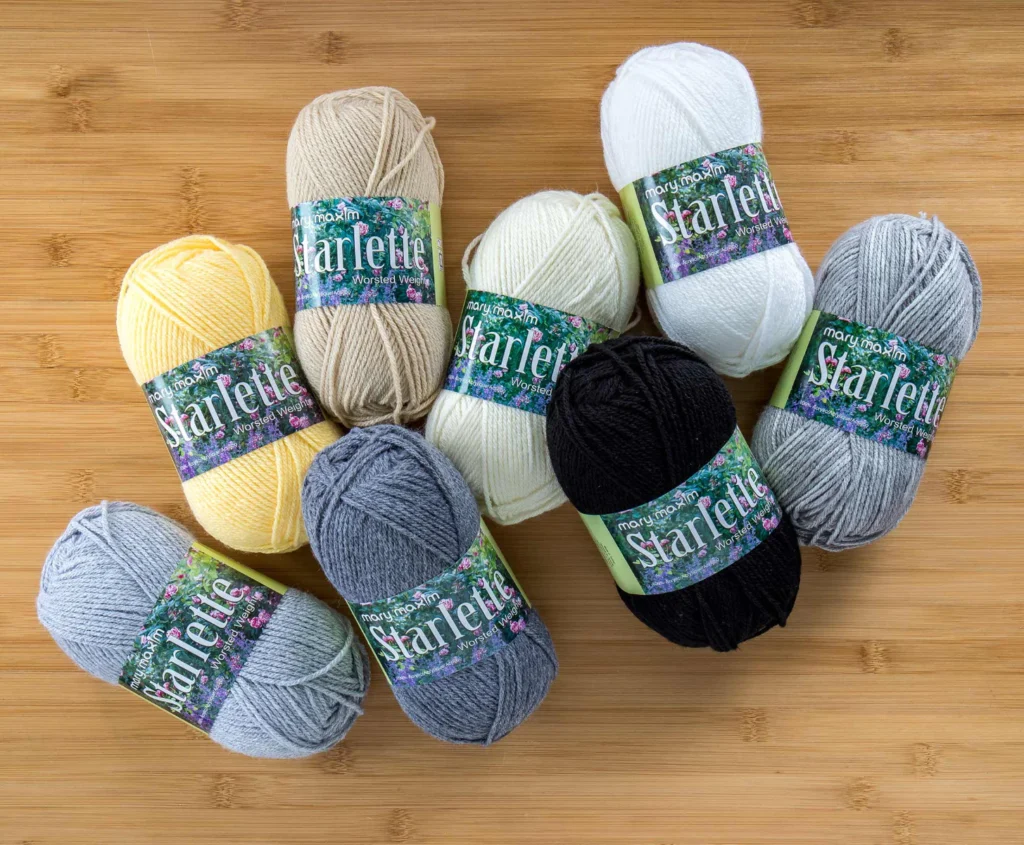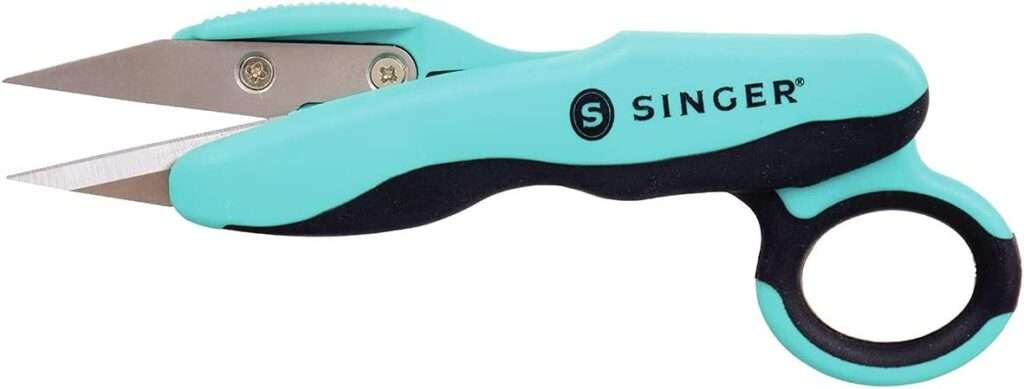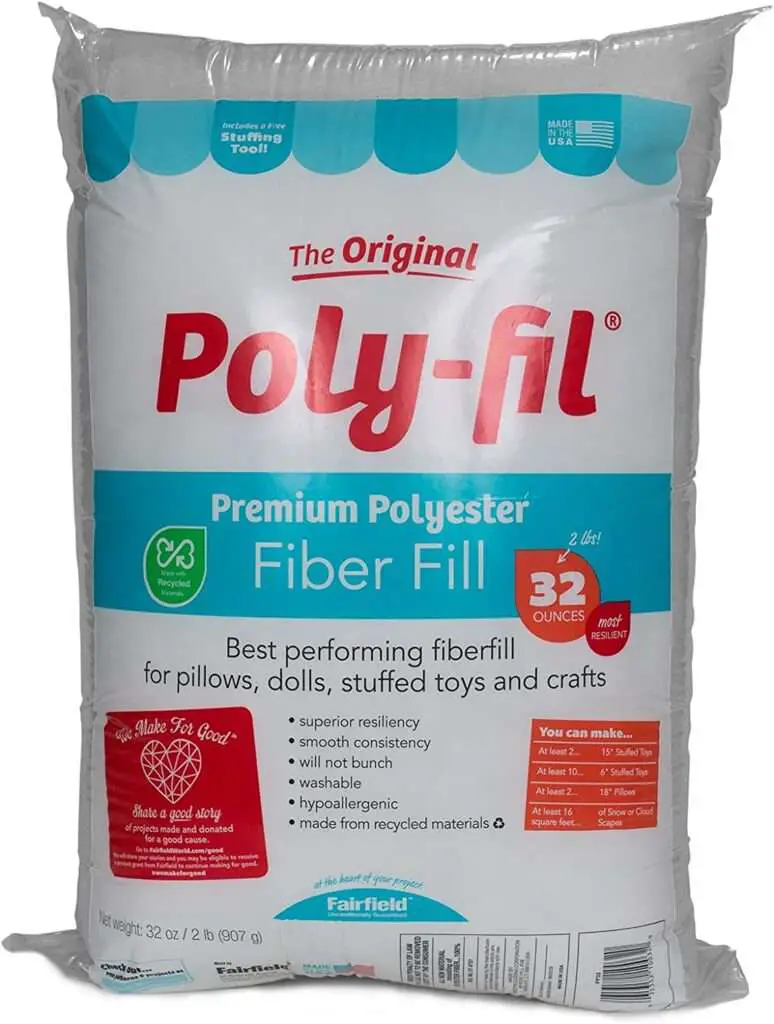Knitting has been a popular pastime for centuries, allowing people to create beautiful items with their own hands. One such item that can be a knit cat, which can make for a lovely decoration or toy.
In this article, we’ll explore the steps involved in knitting a cat, including the materials needed, the techniques used, and some tips for making your cat look its best.

Materials Needed
Before you begin knitting your cat, you’ll need to gather some materials. Here are the basics you’ll need:
- Yarn: Choose a yarn that’s appropriate for the size of cat you want to make, as well as the level of durability you want it to have. You may also want to choose a color that matches the real-life cat you’re basing your knitting on, or a color that complements your home decor.

SALE! $3.99 a ball
Good quality that saves the penny!
Knitting needles hook
Choose the appropriate size of circular needles or double-pointed needles for the yarn you have chosen and the gauge of the pattern you are using. The length of the circular needles should be at least as long as the width of your gloves.
Stitch markers – Use stitch markers to mark the beginning of your rounds and any stitch pattern repeats.
Tape measure – Use a tape measure to check your gauge and measure your progress as you knit.
Scissors – You will need scissors to cut your yarn and weave in any loose ends.

Yay or Nay
Darning needle – Use a darning needle to weave in any loose ends and to sew any seams if needed.
Blocking materials – You may want to block your finished gloves to help it maintain its shape. You can use a blocking mat or towels, and pins or blocking wires to hold the gloves in place while it dries.
These supplies are the basics you will need to get started knitting gloves. You may also need additional supplies, such as buttons or clasps, depending on the pattern you choose.
Tips to knit the perfect gloves
- Choose the right yarn – The right yarn can make all the difference when knitting gloves. Look for a soft, stretchy yarn that will be comfortable to wear, such as cotton or bamboo. Avoid yarns that are too heavy or scratchy, as they can be uncomfortable.
- Gauge matters – Make sure you are knitting at the correct gauge for the pattern you are using. Check your gauge before starting your project, and adjust your needle size as needed to achieve the correct gauge. A gauge that is too tight can result in gloves that are too small, while a gauge that is too loose can result in gloves that are too large.
- Choose the right pattern – There are many different patterns available for knitting gloves, so choose one that matches your skill level and the style you are looking for. Some patterns are simple and easy to follow, while others may be more complex with lace or cable details.
- Consider shaping – Shaping can help ensure that your glove fits well and stays in place.
- Try it on – As you knit, try on the gloves periodically to ensure that it fits well and is the correct length. You may need to make adjustments as you go to achieve the perfect fit.
- Finishing is important – Once you have completed the knitting portion of your gloves, take the time to finish it properly. Weave in all loose ends, block the gloves to ensure that it maintains its shape, and add any additional details such as straps or closures.
By following these tips, you can knit perfect gloves that are comfortable, stylish, and fits well. Remember to choose the right yarn, pattern, and gauge, consider shaping, and take the time to finish your gloves properly.
With a little patience and practice, you can create a beautiful knit glove that you will love to wear
8 Knit gloves free patterns
- Knitting Needles: Again, the size of needles you choose will depend on the size of cat you’re making, as well as the thickness of the yarn. Make sure you have the right size needles for your project.
- Stuffing: To give your cat shape and form, you’ll need some stuffing. You can use traditional stuffing, such as polyester fiberfill, or try something more eco-friendly, like wool roving.

Gives the amigurumis perfect shaping!
- Scissors: You’ll need a good pair of scissors to cut your yarn and trim any loose ends.

Yay or Nay
- Stitch Markers: These can be helpful in keeping track of where you are in your pattern, especially if you’re making a more complex cat.
- Embroidery Thread: If you want to add eyes, whiskers, or other details to your cat, you’ll need some embroidery thread in a color that complements your yarn.
Techniques Used
There are a few different techniques you’ll need to know in order to knit your cat. These include:
- Casting On: This is the first step in any knitting project, and it involves creating the first row of stitches on your needle. There are several different methods for casting on, but the basic idea is to create a row of loops on your needle that will serve as the foundation for your knitting.
- Knit Stitch: The knit stitch is the most basic stitch in knitting, and it involves pulling the yarn through a loop on your needle to create a new stitch. This stitch is used to create the majority of your cat’s body and limbs.
- Purl Stitch: The purl stitch is the opposite of the knit stitch, and it involves pulling the yarn through the back of a loop on your needle. This stitch is used to create the texture on your cat’s belly, as well as any other areas where you want a different texture.
- Increasing: In order to create the shape of your cat’s body, you’ll need to increase the number of stitches on your needle. There are several different ways to increase stitches, including the knit front and back (kfb) method and the make one (M1) method.
- Decreasing: Similarly, you’ll also need to decrease the number of stitches on your needle in order to create the shape of your cat’s head and limbs. There are several different ways to decrease stitches, including the knit two together (k2tog) method and the slip slip knit (SSK) method.
- Finishing: Once you’ve finished knitting your cat, you’ll need to sew up any seams and stuff it with your stuffing. You may also want to add eyes, whiskers, or other details using embroidery thread.
Other patterns you will love
Tips to knit the perfect cat
- Choose the right yarn: The type of yarn you choose can make a big difference in the final look and feel of your cat. Consider the texture, color, and thickness of the yarn, and choose one that’s appropriate for the size and style of cat you want to make.
- Use stitch markers: Stitch markers can be incredibly helpful in keeping track of where you are in your pattern, especially if you’re making a more complex cat. They can help you keep track of where to increase or decrease stitches, as well as where to place important details like the ears and tail.
- Gauge your stitches: It’s important to check your gauge before starting your project to make sure your cat turns out the right size. Make a small swatch using your chosen yarn and needles, and measure the number of stitches per inch. Adjust your needle size if necessary to achieve the right gauge.
- Take your time: Knitting a cat can take a lot of time and patience, especially if you’re making a detailed or complex design. Take breaks when you need to, and try not to rush the process. The end result will be worth the effort.
- Stuff your cat properly: Stuffing your cat properly is essential to giving it the right shape and form. Make sure to stuff it evenly and firmly, and pay attention to the details like the head and limbs. Use small amounts of stuffing at a time and work it into the spaces to ensure a smooth and even result.
- Add details carefully: If you’re adding details like eyes, whiskers, or other features, do so carefully and with attention to detail. Use a fine embroidery needle and thread, and take your time to make sure the details are placed correctly.
- Practice, practice, practice: Knitting takes practice to perfect, so don’t be discouraged if your first attempt at a knitted cat doesn’t turn out perfectly. Keep practising and trying new techniques, and you’ll soon be able to create a beautiful and realistic cat.
Easy Kit Cat Pattern
1. Itty Bitty Kitty Knit Pattern

This knit cat pattern is just too adorable. It can be used to make a knit key chain and gift it to someone you know is obsessed with cats! Grab pattern HERE
2. Pretty Sitting Kitten Knit Pattern

Yes please is all i an say to this knit cat pattern. Grab the paid PDF pattern HERE
3. Tea room Girl Knit Cat Pattern

Adorable does not come close to explain this knit cat pattern. Be sure to check out the knitting pattern HERE
4. Calico Cat Knitting Pattern

Grab the cat knit pattern HERE
5. Ginger & Smudge Cat Knit Pattern

Thinking of making a cat knit toy for someone? They make a great snuggling top. Grab the knit pattern HERE
6. Tiny Window Knit Cat

I know i was sharing paid knit cat patterns, well, now i have a few free knitting cat patterns. This pattern is available for free on Ravelry.
7. Beans the knit cat

Hate ads? Yeah me too. But hey, we show them to make money ey? Avoud them with this free knit cat PDF pattern on Ravelry
8. Tiny Parlor Knit Cat

Another keychain pattern idea. Love it? Grab another free Ravelry PDF knit cat pattern
9. Catnis the parlour Knit cat pattern

Grab the knitting cat pattern HERE
10. Sleepy kitten knit set

Another knit cat pattern. Grab the paid pattern HERE
Conclusion
Knitting a cat can be a fun and rewarding project for any knitting enthusiast, allowing you to create a beautiful and unique decoration or toy with your own hands.
With the right materials, techniques, and tips, you can create the perfect knitted cat that will bring joy and delight to anyone who sees it.
Whether you’re a beginner or an experienced knitter, taking the time to create a knitted cat can be a relaxing and satisfying way to express your creativity and love of the craft.
